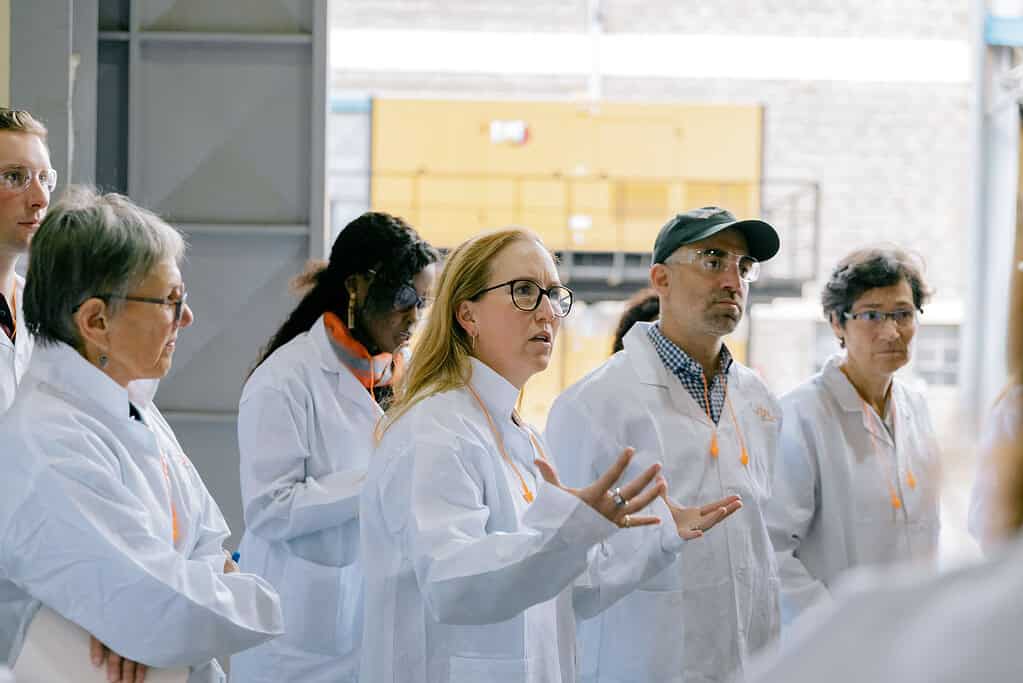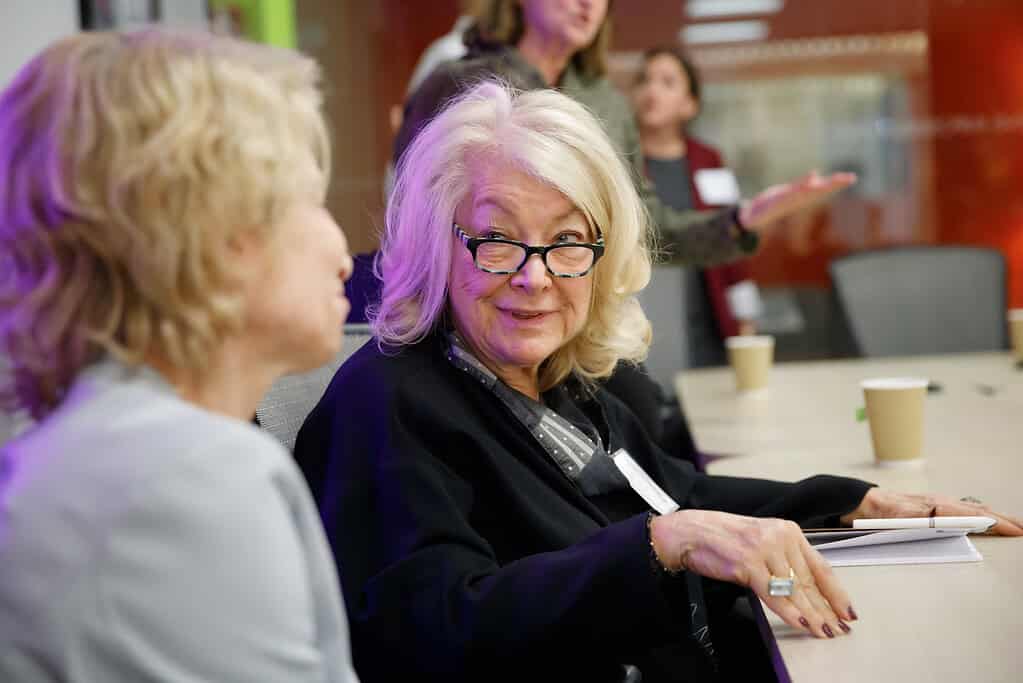
From Stockholm to the world: Moving money with meaning
Acumen board member Cristina Ljungberg discusses her philanthropic journey and the rise of philanthropy in Sweden.

💡 危机作为变革催化剂:亚当·格兰特认为,有时问题的恶化是推动进步的必要条件。当人们习惯于现有问题时容易变得懈怠,而当核心价值观受到威胁时,紧迫感会促使人们行动起来,建立联盟,抓住这些时刻作为变革的契机。
🤝 共识优先于解决方案:在构建社群以达成共同目标时,格兰特发现,人们更容易被先就问题达成一致所说服,而不是直接被解决方案吸引。他以消除贫困为例,强调先让大家认同“贫困是不可接受且不必要的”这一问题,再讨论解决方案,更容易获得支持。
🌟 “机会”是连接多元化的桥梁:面对多元化可能带来的分歧,格兰特建议将沟通重点放在“机会”上。他认为,无论背景、阶层或身份如何,每个人都应有机会过上好生活、解决问题并产生影响。这种对普遍机会的认同,能够有效减少阻力,并为进一步讨论包容性奠定基础,确保所有人的声音都能被听见。
Adam Grant is The Wharton School’s top-rated professor and one of the world’s leading organizational psychologists. He’s known for helping people find motivation, rethink assumptions, and lead more generous, creative lives. He’s the number one New York Times bestselling author of six books, including Give and Take, Think Again, and Hidden Potential. His podcasts have over 90 million downloads and his talks have been viewed more than 35 million times.
I met Adam years ago and have consistently been thrilled and inspired by his sharp, strategic mind, his understanding of human beings, and his uncanny ability to answer complex questions with deeply insightful responses. So it was a great privilege to speak with Adam over Zoom with the regional leaders of Acumen Academy’s much larger community.
I’ve been remembering one of the great lessons of organizational change: sometimes things have to get worse in order to get better. Sometimes when we’re dealing with problems we’re used to, we get complacent. We don’t feel a sense of urgency. It’s the sense of “Hey, wait a minute. Our core values are under threat” that actually leads people to mobilize and take action. We have to take advantage of these moments as catalysts for people to build coalitions.
Even though it seems like a lot of our institutions are fragile and maybe weakening, this is still the best time in human history to be alive. If you zoom out that way, it’s easy to appreciate all the great things we have that we take for granted that a century ago just did not exist.
One of the most surprising things I’ve learned comes from psychological research on how people align toward a common goal. My assumption was that we need to find a solution that everybody is passionate about, and that will get people who might be working at cross purposes to land on the same page.
What I learned from the research is I was wrong. There’s a problem called solution aversion — if you start pitching a solution to people and they don’t like it, their first impulse is either to ignore or deny the problem altogether. Ironically, if we want to get people on board with a common solution, we need to begin by building consensus around what the problem is.
To put this in an Acumen context: to get people to align on the fact that poverty is unacceptable and unnecessary at this point in human history — that’s the beginning. Once we all agree that poverty needs to go away and we can all do something about it, now let’s talk about the range of ideas we have about how to tackle that. That conversation is much more likely to get buy-in.
I think this is a marketing problem. If you look at various assaults on DEI around the world, they’re very specifically around reverse discrimination. What people align on really consistently is the idea that everybody deserves a chance. I think the language of opportunity is where I would go.
What people don’t like when they hear diversity is the premise that we’re just building Noah’s ark, as Laura Liswood describes it — I need two of each kind and then my work is done. That’s how a lot of these initiatives sound to people who haven’t studied them carefully.
What I’ve found myself advising organizations to do is say: what we’re about is opportunity. We want to make sure, regardless of your background, circumstances, what class you come from or what identity you hold, that you get a chance. A chance to live a good life, to solve problems, to make a difference. There’s very little resistance to that conversation. Everyone believes in opportunity across political and class lines.
Once opportunity is on the table, it’s much easier to talk about inclusion and say part of making sure people have opportunity is making sure everybody’s voice is heard, that nobody’s silenced, that nobody’s left out of important conversations that affect them.

Acumen board member Cristina Ljungberg discusses her philanthropic journey and the rise of philanthropy in Sweden.



The post Building Communities for Change appeared first on Acumen.
AI辅助创作,多种专业模板,深度分析,高质量内容生成。从观点提取到深度思考,FishAI为您提供全方位的创作支持。新版本引入自定义参数,让您的创作更加个性化和精准。

鱼阅,AI 时代的下一个智能信息助手,助你摆脱信息焦虑